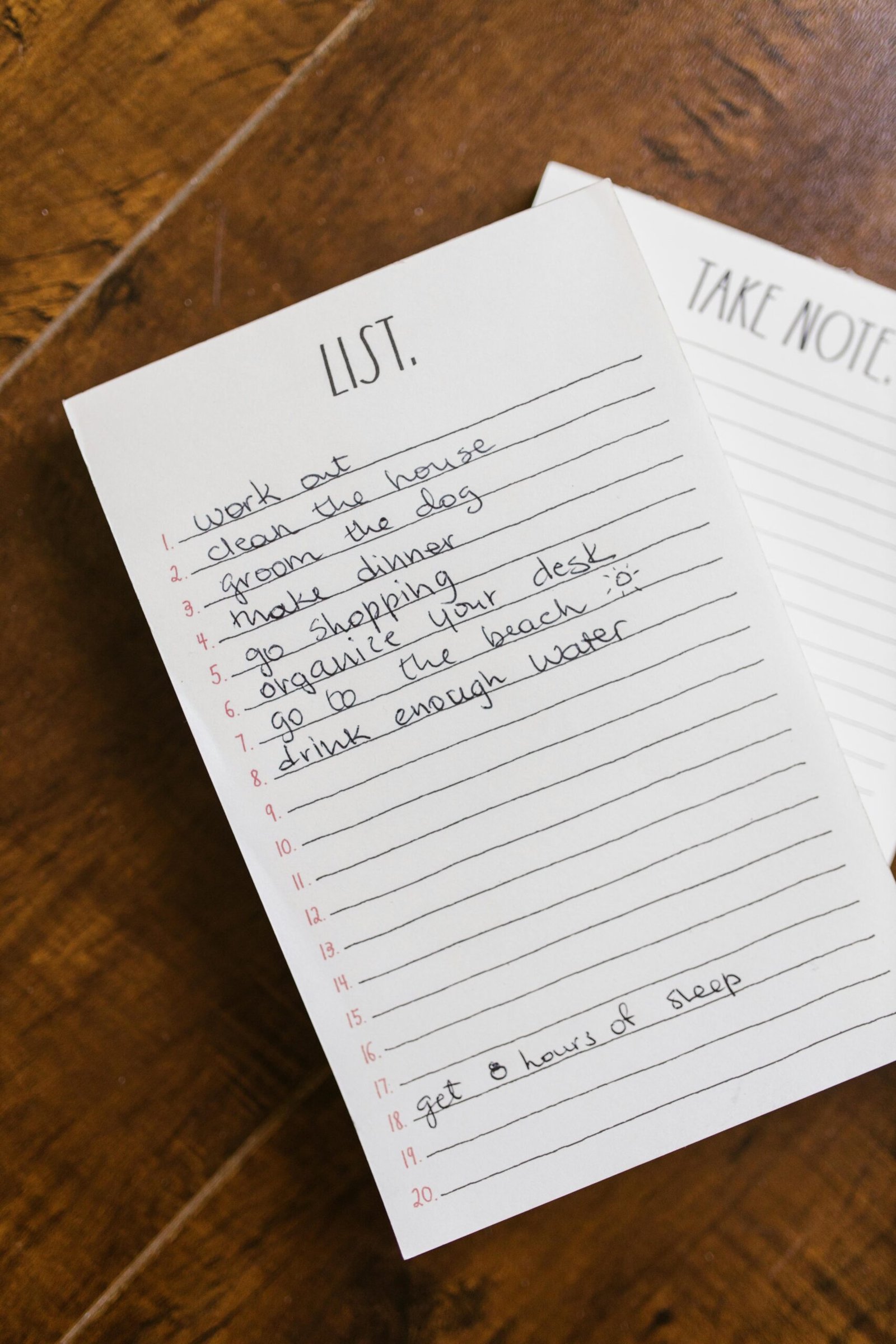We all have days where we feel like we’re not getting as much done as we should. Between work, family, and personal commitments, it’s easy to get overwhelmed. But what if I told you that making just a few simple changes to your daily routine could help you become more productive? By cultivating a few habits each day, you can transform your productivity and feel more accomplished without feeling burnt out. Ready to take charge of your day? Let’s dive into the five simple daily habits that can lead to a more productive life.
1. Start Your Day with a Morning Routine
A great day starts with a great morning. Establishing a morning routine that works for you can set the tone for the rest of your day. Whether it’s a cup of coffee, a few minutes of stretching, journaling, or meditation, having a set routine helps you focus your mind and get into a productive mindset right away.
Why it works:
- Sets a positive tone: Starting the day with intentional habits makes you feel more in control and ready to take on the day’s challenges.
- Increases focus: A morning routine helps you center your thoughts and prioritize what matters most.
- Improves mood: Engaging in self-care practices can boost your mental health and create a positive mindset.
How to incorporate it:
- Wake up 30 minutes earlier than usual to fit in a morning ritual.
- Include activities that energize and motivate you, such as meditation, a light workout, or even reading something inspiring.
2. Break Your Day into Time Blocks
Sometimes, the sheer amount of tasks on your to-do list can feel overwhelming. One of the best ways to manage this is by breaking your day into manageable time blocks. Time blocking involves allocating specific time periods during the day for different tasks, and sticking to these periods as much as possible.
Why it works:
- Reduces distractions: By setting specific time blocks for tasks, you create a structure that minimizes distractions.
- Boosts focus: Knowing that you only have a set time to work on something helps you stay laser-focused and finish the task at hand.
- Prevents burnout: Time blocks allow for regular breaks, giving you time to rest and recharge throughout the day.
How to incorporate it:
- Use a planner or app to block out your tasks for the day. For example, dedicate 9–11 AM to focused work, 11 AM–12 PM for meetings, and 12–1 PM for lunch.
- Stick to these blocks and avoid switching between tasks unless absolutely necessary.
3. Prioritize Your Tasks with the “Eat the Frog” Method
One of the most effective productivity strategies is to tackle the hardest or most important task first thing in the morning. This method is often referred to as “eating the frog,” inspired by the idea that if you do the hardest thing first, the rest of your day will seem much easier by comparison.
Why it works:
- Reduces procrastination: Tackling your most dreaded task right away prevents it from hanging over you all day.
- Boosts motivation: Getting the hardest task out of the way gives you a sense of accomplishment and momentum to tackle the rest of your to-do list.
- Improves decision-making: Starting with important tasks helps you avoid wasting energy on trivial matters.
How to incorporate it:
- Identify your biggest or most challenging task the night before and commit to tackling it first thing in the morning.
- Once it’s done, you’ll feel accomplished, and the rest of the day’s tasks will seem easier to manage.
4. Take Regular Breaks to Refresh Your Mind
It might seem counterproductive, but taking regular breaks throughout the day is one of the best things you can do to improve productivity. Studies show that taking short, structured breaks can enhance focus, creativity, and overall well-being.
Why it works:
- Prevents burnout: Working non-stop can lead to mental fatigue. Taking breaks refreshes your mind and helps you stay sharp.
- Increases focus: Stepping away from your work allows your brain to process information and recharge, leading to more productive work when you return.
- Boosts creativity: A brief change of scenery or activity can spark new ideas and solutions.
How to incorporate it:
- Use the Pomodoro Technique: Work for 25 minutes, then take a 5-minute break. After four rounds, take a longer break (15–30 minutes).
- During breaks, do something different, like stretching, walking, or even chatting with a friend. Avoid looking at your screen to give your eyes and brain a break.
5. Reflect and Plan for the Next Day
At the end of each day, take a few minutes to reflect on what you accomplished and what you need to do tomorrow. This habit can help you feel more organized and prepared for the day ahead, reducing stress and making you feel in control.
Why it works:
- Helps you stay organized: Planning ahead ensures that you start your day with a clear sense of direction.
- Boosts productivity: Reflecting on what went well and what didn’t can help you fine-tune your approach and make improvements.
- Reduces stress: Knowing you have a plan for tomorrow allows you to wind down in the evening without worrying about tasks hanging over you.
How to incorporate it:
- Before bed, spend 5–10 minutes reviewing your accomplishments for the day and adjusting your to-do list for tomorrow.
- Write down your priorities for the next day so you can start your morning with clarity.
Conclusion
Productivity isn’t about doing more; it’s about doing what matters most with focus, intention, and balance. By incorporating these simple daily habits—starting your day with a routine, breaking tasks into time blocks, prioritizing important tasks, taking regular breaks, and planning ahead—you’ll find that you can accomplish more while feeling less stressed and more in control. These habits don’t require major changes, but their impact on your productivity and well-being can be truly transformative. Give them a try, and see how they work for you!
FAQs
1. How long does it take to build productive daily habits? It typically takes around 21 days to form a new habit. Stay consistent and give yourself grace as you work to incorporate these habits into your daily routine.
2. What if I’m too busy to take breaks? Even short breaks of 5–10 minutes can make a big difference. If you can’t step away entirely, try shifting to a different task or simply stretching to reset your focus.
3. How do I know which task to prioritize in the “Eat the Frog” method? Focus on tasks that are the most important or have the highest impact on your goals. These are usually tasks that are often postponed or seem the most difficult.
4. Can I modify the time-blocking method to fit my schedule? Absolutely! The key is to experiment with different time blocks and see what works best for your energy levels and workflow.
5. How do I stay motivated to maintain these habits every day? Start small and build up. Celebrate your wins, no matter how small, and be patient with yourself. Progress comes with consistency.




